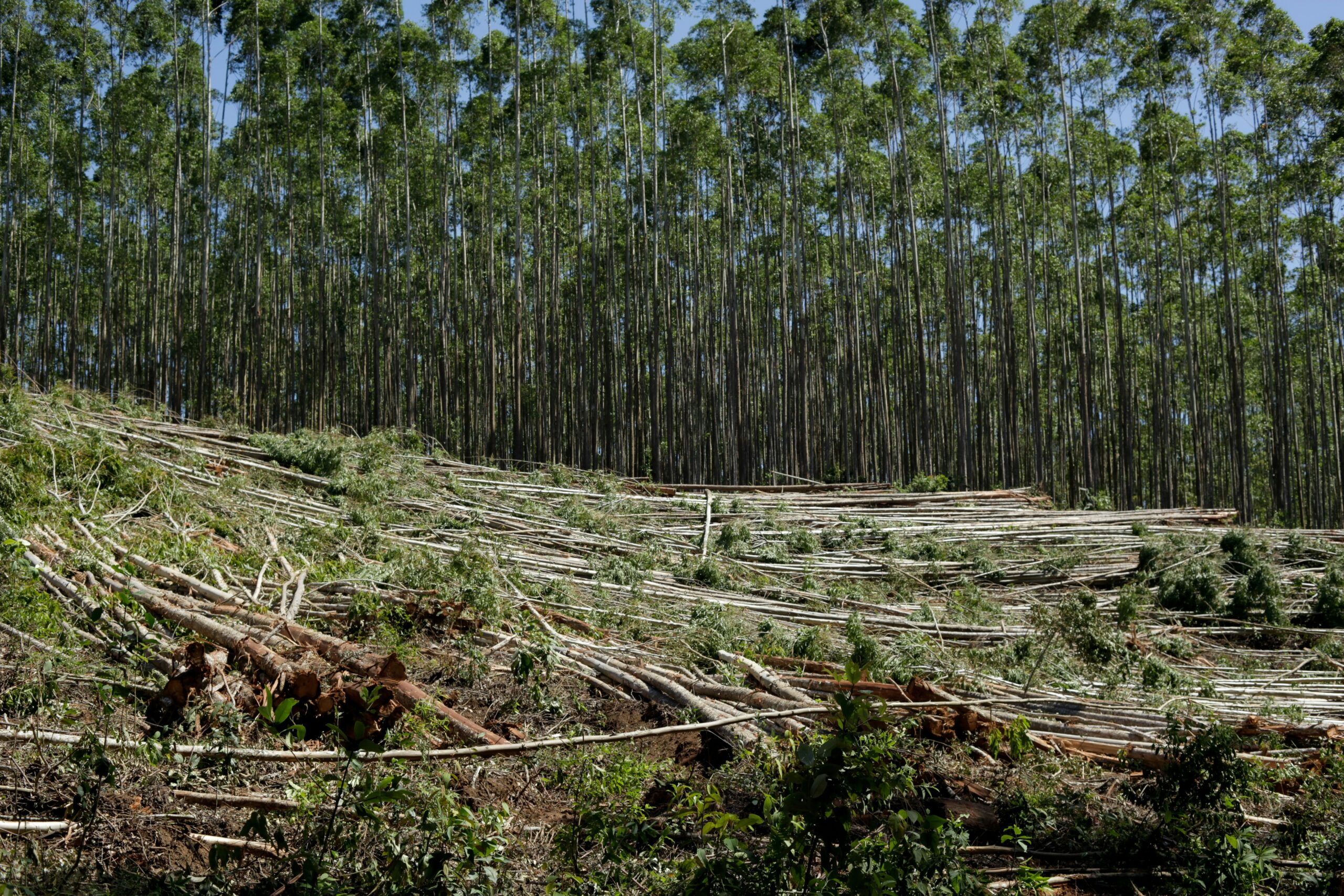It’s easy to think of the Amazon as someone else’s forest. Maybe it’s something you’ve only seen in nature documentaries or heard about during a spike in wildfires. But even if you live thousands of miles away, what happens there is already affecting your weather, the food on your table, and the stability of the global climate.
At its core, deforestation in the Amazon is a story about pressure. Pressure on land, pressure on people, and pressure on a system that was never meant to be sliced into roads, ranches, and oil fields. And while the data is huge and often hard to process, the trends are actually pretty clear. Trees are being cleared faster than they can regenerate, and the reasons why are more layered than they first appear.
Why the Amazon Is So Important (And Always Has Been)
The Amazon rainforest stretches across nine countries and holds more biodiversity than any other place on Earth. More than 30% of the world’s species live in it. It’s also a key regulator of carbon and rainfall. Scientists often call it the “lungs of the planet” because of its role in absorbing carbon dioxide and recycling moisture into the atmosphere.
But calling it just a carbon sink misses the bigger picture. The Amazon supports over 30 million people, including hundreds of Indigenous communities whose lives are deeply tied to the forest. It also plays a crucial role in maintaining rainfall patterns across South America, even affecting farming in areas far outside its borders.
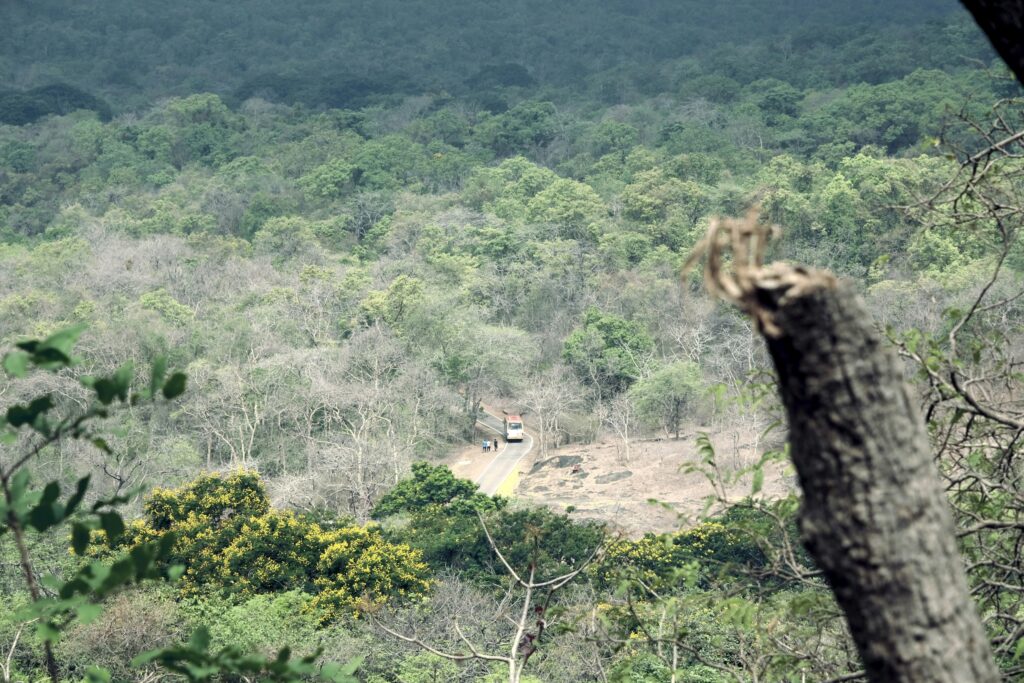
What’s Actually Driving Deforestation?
There isn’t one villain here. There are several overlapping causes that often reinforce each other. Let’s break down the most significant ones:
Cattle Ranching
This is by far the biggest driver of deforestation in the Amazon, especially in Brazil. Around 80% of deforested land ends up as pasture for cattle. Global demand for beef and leather has helped fuel this expansion, and large chunks of forest are cleared every year to feed into the supply chain.
It’s not just about the cows either. Once land is cleared, it’s often claimed and sold, which turns forest into a commodity in itself.
Soy and Cropland Expansion
Soybeans are a major export crop, especially for animal feed and biofuel. Even though there’s been progress with the Soy Moratorium in Brazil (a pact where traders agreed not to buy soy from recently deforested land), indirect deforestation continues. Forests are often cleared for cattle first, then later converted to cropland. When soy prices go up, land use shifts again, and pressure returns.
Roads and Infrastructure
Where roads go, deforestation tends to follow. The paving of highways like BR-319 and the opening of new access roads make remote parts of the forest reachable, and that access quickly invites logging, settlement, and land speculation. It’s estimated that 95% of deforestation happens within just a few kilometers of a road.
Mining and Oil
From illegal gold mines to state-sanctioned exploration projects, mining has become another major threat to forest integrity. Besides cutting down trees, these activities often pollute rivers and push into Indigenous territories.
Oil development, especially in the western Amazon regions like Peru and Ecuador, has also left scars across once untouched areas.
Logging: Legal and Not So Much
Logging isn’t always as visible as a cattle pasture, but it’s just as destructive. Selective logging removes specific high-value trees like mahogany, often leaving a web of access roads and damaged canopy in its wake. Illegal logging is rampant, especially in areas with weak enforcement.
And it’s not just the trees that suffer. Logging increases soil erosion, disrupts water cycles, and raises the risk of fires in dry seasons. It’s a domino effect that weakens the entire ecosystem.
Fire as a Tool (and a Threat)
Many of the fires that make headlines aren’t natural disasters. They’re set on purpose to clear land. Farmers often use fire after logging or bulldozing to prepare land for planting or grazing. In dry seasons, these fires quickly spin out of control, burning beyond intended areas.
Here’s what makes it worse:
- Cleared land burns hotter and longer
- Smoke hangs over cities and villages for weeks
- Fires release stored carbon and destroy seed banks
- Nearby forest edges become more vulnerable year after year
A Shifting Climate Makes It All Riskier
The forest itself is starting to struggle. Deforestation reduces the Amazon’s ability to recycle its own rain, which makes parts of the region drier and more fire-prone. Recent years have brought historic droughts, and some scientists warn of a tipping point where the forest may shift into a drier ecosystem altogether – possibly a savanna.
In 2023 and 2024, Brazil saw some of the worst droughts on record, with wildfires causing major spikes in forest loss. That dry trend isn’t just about local weather patterns. Climate change is altering the Amazon’s natural feedback loops, and the more forest we lose, the harder it becomes for the rest to survive.
Indigenous Communities: On the Frontlines
Roughly a third of the Amazon is designated as Indigenous territory. And here’s what the data shows: deforestation rates are significantly lower in these areas. That’s not a coincidence. Indigenous land management has been one of the most effective tools against deforestation.
But protection isn’t automatic. Many territories still lack formal recognition, and even those that are protected face illegal incursions from miners, ranchers, and loggers. Violence and land conflicts are tragically common, and government support for Indigenous rights has fluctuated wildly in recent years.
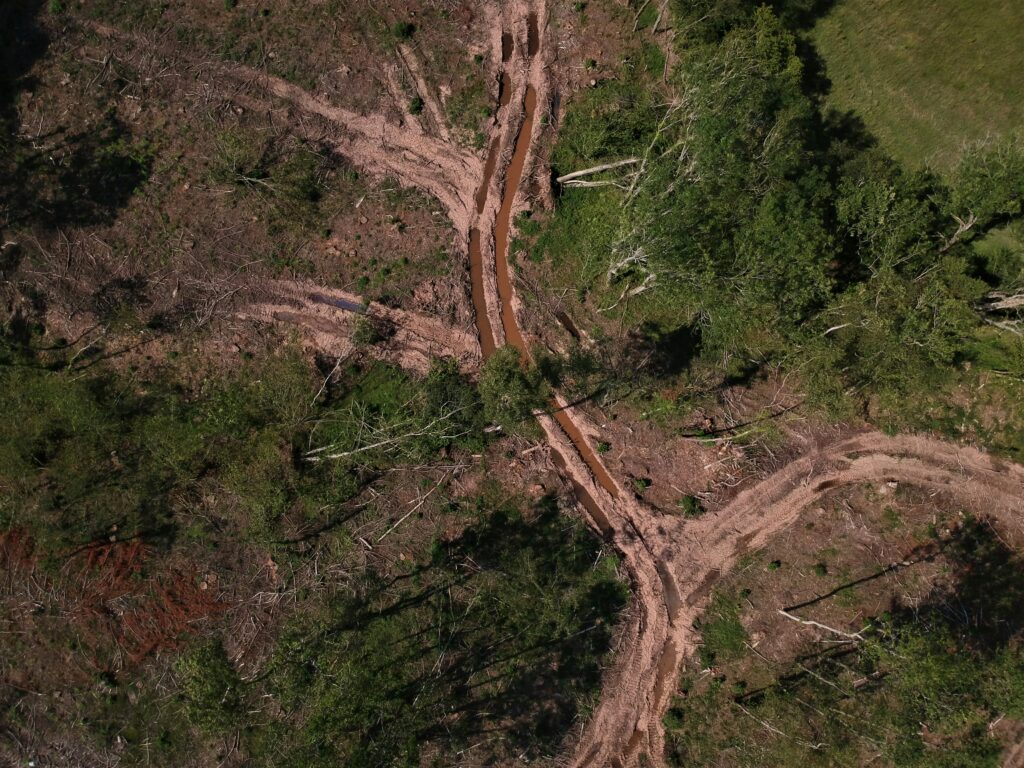
Key Figures to Keep in Mind
Sometimes numbers help tell the story better than words can. These aren’t just stats – they represent the scale and speed at which the Amazon is changing.
Over 54 million hectares lost between 2001 and 2020
That’s an area roughly the size of France. In just two decades, more than 54 million hectares of forest were cleared across the Amazon. Most of this happened in Brazil, where enforcement policies have shifted back and forth depending on the political climate. What’s striking is how much of this loss happened quietly, without the attention that massive wildfires tend to attract.
Brazil accounted for 76% of all Amazon deforestation in 2020
This makes Brazil by far the main driver of forest loss in the region. And while Brazil holds the largest portion of the Amazon, the gap between it and other countries is still significant. That year, satellite images showed a sharp uptick in both illegal logging and new land clearances, especially in states like Pará and Mato Grosso.
Cattle pasture now covers over 120 million hectares
Once forest is cleared, pasture often takes its place. Cattle ranching doesn’t just account for the majority of deforestation – it dominates the landscape that follows. What’s worrying is that these pastures are often underutilized or abandoned within a few years, leading to a pattern of repeated clearing rather than better land management.
Road density rose by 50% from 2012 to 2020
New roads may seem like progress, but in the Amazon, they’re often the beginning of the end. Studies show that deforestation tends to cluster near roads, especially unpaved ones that serve as entry points for illegal activity. Between 2012 and 2020, the increase in road density was closely linked to land speculation and new waves of forest clearing.
In 2024, fires caused 66% of all forest loss in Brazil
That year, Brazil experienced one of its worst fire seasons in recent memory. Most of these fires weren’t natural events. They were intentionally set to prepare land for agriculture or cattle grazing. But once the flames start, they often spread beyond control – burning secondary forests, wildlife habitats, and even protected areas. The smoke reached cities thousands of kilometers away.
A worst-case future: another 23.7 million hectares gone by 2025
According to RAISG projections, if current trends continue unchecked, the Amazon could lose nearly 24 million more hectares between 2021 and 2025. That’s just a five-year window. The drivers? Continued expansion of cattle pasture, new infrastructure projects, and a lack of enforcement. This projection paints a grim picture of what happens if promises stay on paper and meaningful action is delayed.
What Slows It Down: A Look at What’s Working
It’s not all doom and gloom. There are some bright spots – efforts that have shown results:
Protected Areas and Indigenous Land Titles
Where legal protections are in place and enforced, forest loss drops dramatically. That includes:
- Fully recognized Indigenous Territories
- National parks and conservation zones
- Community-managed forests with legal support
Satellite Monitoring and Public Pressure
Organizations like Global Forest Watch and MapBiomas use satellites to track deforestation in near real time. This transparency makes it harder for governments and companies to ignore violations.
International Agreements
Brazil is now part of the pledge to end deforestation by 2030, alongside 100 other countries. While past promises have fallen short, renewed international funding and stricter trade requirements (like the EU Deforestation Regulation) are adding pressure for action.
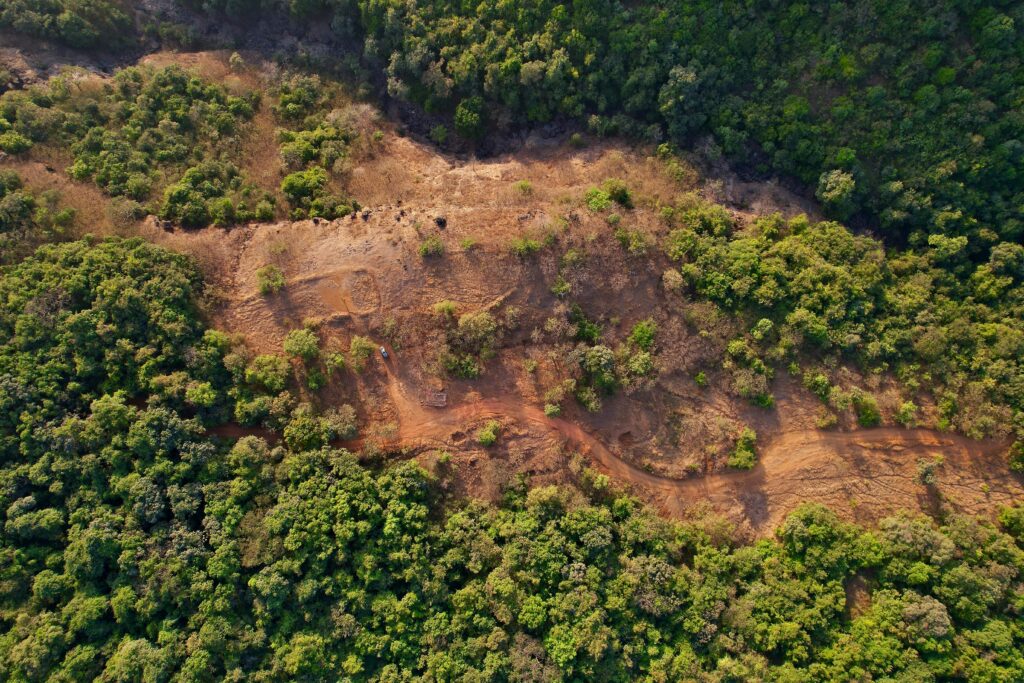
What Can Be Done Right Now
Change doesn’t always need to come in sweeping reforms or grand declarations. Sometimes it’s the smaller, practical actions that start to shift the tide. One of the most effective ways to slow deforestation is by strengthening zero-deforestation supply chains. That means being more selective about where products like beef, soy, and coffee come from, and choosing suppliers that can prove their goods weren’t linked to cleared forestland.
Another key area is land rights. Many Indigenous communities have lived in and protected the Amazon for generations, but without formal recognition of their territories, they remain vulnerable to outside pressure. Recognizing and respecting these rights isn’t just a legal issue – it’s a proven way to reduce forest loss.
There’s also a growing need to crack down harder on illegal land use. In some parts of Brazil, vast areas of public forest have been claimed through forged documents or manipulated land registries. Reversing those claims and tightening enforcement could make a real dent in unauthorized deforestation.
Infrastructure is another part of the puzzle. Road construction has often moved forward with little consideration for the environmental fallout. Taking the time to conduct proper assessments before opening up new routes could help avoid triggering another wave of forest clearance.
Lastly, sustainable alternatives for local communities are essential. Shifting away from extractive industries and toward forest-based economies – like harvesting non-timber products or investing in ecotourism – can create livelihoods that don’t depend on cutting trees down. These kinds of transitions take time, but they also build lasting solutions from the ground up.
The Risk of Doing Nothing
Let’s be clear: the Amazon won’t disappear overnight. But parts of it are already reaching a point where the damage is harder to reverse. Once rainfall drops and soil quality declines, reforestation becomes more difficult and expensive. And the impacts won’t stay local.
- More fires mean more carbon in the atmosphere
- More droughts mean disrupted agriculture across Latin America
- Less forest means fewer species, less rainfall, and less climate stability

How EUDR Tries to Prevent the Worst – And How We Support It
While the Amazon keeps losing trees at an alarming pace, the European Union has taken a step that might help change the equation. The EU Deforestation Regulation (EUDR) is one of the few policy efforts trying to slow forest loss by putting responsibility on the companies that import goods like cattle, soy, and coffee. It flips the burden of proof: if you want to sell to the EU, you have to show your products are deforestation-free. It’s not a perfect system, but it’s one of the more ambitious international attempts to cut through greenwashing and actually connect trade to forest protection. It’s a model that says: do something before we pass the point of no return.
That’s where we come in. Our platform, EUDR Compiance, helps businesses observe EUDR requirements through reliable, satellite-based monitoring and automated reporting. We’ve built it to be accurate and affordable so even smaller companies can meet these new standards without drowning in paperwork. The idea is simple: give teams the tools they need to make deforestation tracking easier, faster, and more transparent. Because if the policies are serious, the tech supporting them has to be just as solid.
Závěr
The Amazon isn’t just some faraway forest – it’s part of the system that keeps the planet livable. And while the scale of destruction can feel overwhelming, the truth is that every decision, from how beef is sourced to what roads get built, plays a role in either slowing the damage or speeding it up. The forest doesn’t need saving by one big hero. It needs thousands of smaller, smart choices that start to add up.
We’re not going to rebuild the Amazon overnight. But we can absolutely stop making things worse. And with new rules like the EUDR in play, there’s finally a path to hold industries accountable and give forests a fighting chance. The question now isn’t whether change is possible – it’s whether enough people will choose to push for it.
Často kladené otázky
Isn’t the Amazon too big to fail?
Not really. While it covers a huge area, parts of the forest are already drying out and struggling to regenerate. If enough damage is done, it could cross a tipping point where it starts turning into a savanna, especially in the southern and eastern regions.
How much of the Amazon is protected?
About half of the Amazon is under some form of legal protection, including Indigenous territories, national parks, and conservation areas. But protection on paper doesn’t always mean protection on the ground. Illegal logging, mining, and land grabs still happen regularly in many of these zones.
Does buying “sustainable” beef or soy actually help?
Yes – if the claims are real. There are certification programs and supply chain monitoring tools that help track whether a product is linked to deforestation. It’s not a perfect system, but it’s a step in the right direction when backed by transparent data and third-party verification.

